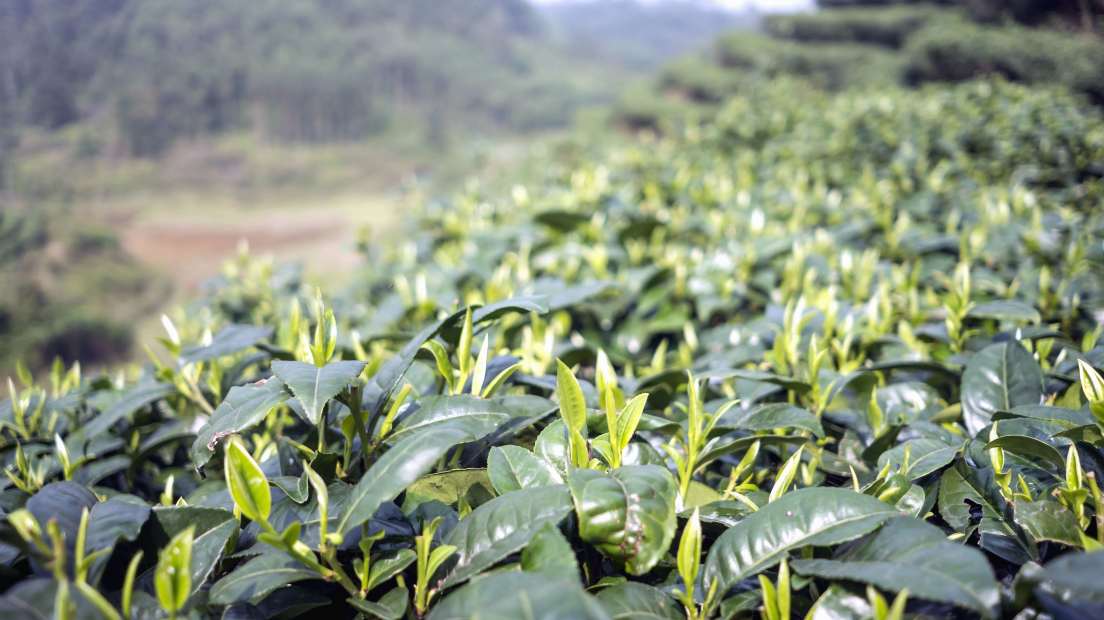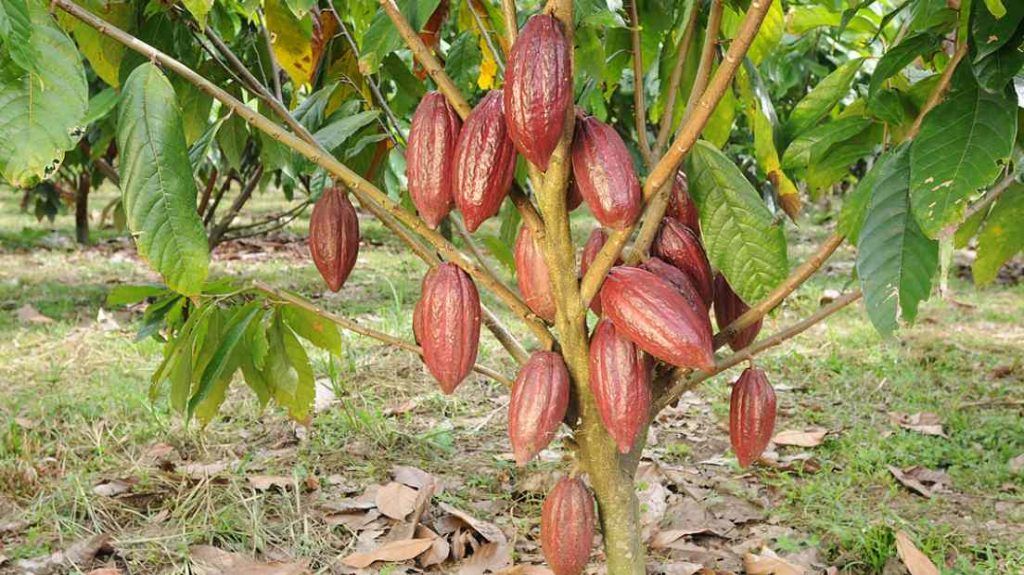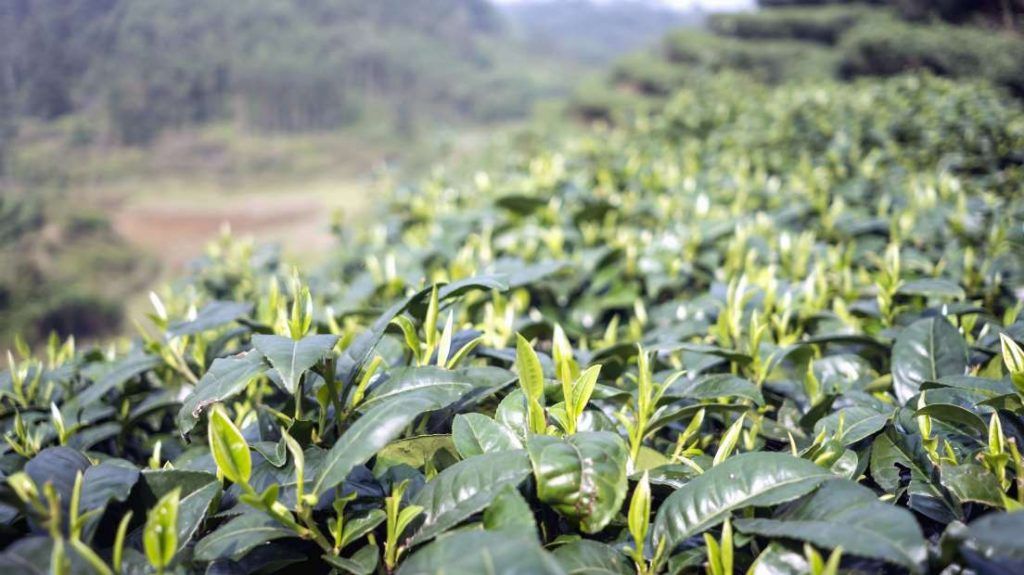
29.04.21
Besides marijuana there are other plants that produce cannabinoids. Today’s article will address this topic by explaining what cannabinoids are and showing examples of plant species that are capable of generating this type of compound so sought after today.
In addition to cannabinoids, the plants, fungi and trees that will be discussed in this article are also capable of producing compounds very similar to cannabinoids that act by regulating certain mechanisms of the body, as will be seen below. But first, it is necessary to begin to contextualize the subject a little.
What are Cannabinoids?
The cannabinoids are natural compounds found in different plant species, and frequently in Cannabis Sativa. Of the more than 500 different compounds present that a plant can present, only about 66 are classified as cannabinoids.
The best known of these cannabinoids is delta-9-tetrahydrocannabinol (Δ9-THC), which is the main psychoactive ingredient in cannabis. On the other hand, cannabidiol (CBD) It is another important component, constituting approximately 40% of the plant’s resin extract.
The cannabinoids present in plants are called phytocannabinoids. Cannabinoids can also be produced by the human body, known as endocannabinoids, which are a essential component of the endocannabinoid system of our body. This article will explore the possibility that there are other plants that produce cannabinoids
The endocannabinoid system is largely responsible for maintain the internal balance of the body. Phytocannabinoids, or cannabinoids produced by the cannabis plant, mimic the functions of our endocannabinoids and are responsible for the psychoactive effects associated with THC.
Pain, stress, appetite, or sleep These are just a few of the body functions that cannabinoids affect by acting on the endocannabinoid system. The potential health benefits of cannabinoids are numerous and include reducing inflammation and controlling nausea.
Traditionally it has been believed that there were only two receptors that interact with endocannabinoids and phytocannabinoids, the receptors CB1 and CB2. However, new scientific research points to the possibility of the existence of other cannabinoid receptors that could interact with other plants that produce cannabinoids.
Are there other plants that produce cannabinoids?
Historically, cannabinoids were thought to be unique to marijuana. However, this is not quite so, and there are other plant species that are capable of generating compounds that are very similar to cannabinoids. In this way, these compounds are also capable of interacting with and influencing the endocannabinoid system in much the same way.
Echinacea
The echinacea It is a species of plant that has been used in traditional medicine for centuries. Echinacea does not contain cannabinoids per se, but rather contains very similar compounds known as cannabimimetics. They are compounds that also have the ability to interact with the endocannabinoid system of living beings.
In the case of echinacea, they contain the compound N-alkylamides, which are capable of interacting with the CB2 receptors of the endocannabinoid system. There is a study that outlines the possibility that these compounds that mimic the structure of cannabinoids could produce anti-inflammatory effects similar to those of anandamide.
Girasoles
Sunflower is one of these species capable of generating compounds similar to cannabinoids, so they can be classified within the group of other plants that produce cannabinoids. Within all the varieties of sunflowers that can be found in the world, only the genus Helichrysum, composed of more than 600 different varieties of sunflowers, is capable of generating a compound very similar to CBG.
CBG is a cannabinoid known as cannabigerol and is currently being studied for its potential pharmacological properties, but has not been the subject of any clinical trial. The CBG is the precursor to CBD, CBC, and THC. CBGA (the acidic, inactive form of CBG) changes, breaks down, and becomes the base molecule from which other cannabinoids are made, including THC, CBD, and CBC.
Black pepper
Something so common and present in all kitchens could belong to the group of other plants that produce cannabinoids. The black pepper it is a domestic spice whose origin many place in southern India. In addition to this, this spice is known to contain cariofilenoAlthough it is not a cannabinoid, it is a terpene that can also be found in marijuana plants.
Also called beta-caryophyllene or BCP, this terpene can be found in aromatic oils such as rosemary and clove oil, and in nature it is most commonly found in hops, cloves, black pepper, oregano, cinnamon and basil, and is responsible for the pungent aroma in certain spices.
Black truffle
Continuing with the review of other plants that produce cannabinoids we find the black truffle, which although it is not a plant, but a fungus, has the ability to generate compounds that interact with the endocannabinoid system. In this case, the trufa negra produce anandamida, the first endocannabinoid discovered, so the body has the ability to create it itself.
The word “anandamida” has its origin in the Sanskrit “ananda”, which can roughly be translated as “Happiness” or “joy”, which indicates the properties that this cannabinoid can have as a mood enhancer.
Also called N-arachidonoylethanolamine (AEA), anandamide interacts with receptors in the endocannabinoid system of the body in a similar way to cannabinoids like THC. It is a neurotransmitter and cannabinoid receptor binding agent that functions as a signal messenger for CB receptors located in the body.
Cacao
The cacao tree is native to the Amazon, and is the main ingredient in chocolate. It belongs to the group of other plants that produce cannabinoids. In the case of cocoa, it can produce N-acylethanolamines.

N-acylethanolamines (NAE) are bioactive lipids, structural analogs of the endocannabinoid arachidonylethanolamide (anandamide), whose functions and properties are being elucidated in recent years. By activating CB receptors, these molecules exert a number of physiological effects therefore they act in a very similar way to endo and phytocannabinoids and can increase the activity of anandamide in the body.
Tooth grass
Tooth grass, also known as Acmella oleracea, is a variety native to Brazil that is in the group of other plants that produce cannabinoids. It is a popular variety for the numbing effect that it can cause once it is chewed, producing a sensation similar to that of a spark on the tongue.
This effect is enhanced by a compound known as N-isobutilamidas, which Acmella produces on flower stalks. This bioactive has been used regularly in the traditional medicine from Brazil to alleviate stomach discomfort, so it is a compound with the ability to interact with the endocannabinoid system.
Coffee
Although it can be introduced into the group of other plants that produce cannabinoids, Kava is not a plant itself, but is an extract that comes from a plant native to the Pacific Islands known as Piper methysticum. In this region of the planet, Kava has been traditionally used as a drink to socialize, since it is believed that it can promote sedative sensations when consumed.
One of the fundamental components of Kava is the yangonin, which has the ability to interact with the CB1 receptors of the endocannabinoid system. The first studies carried out with Kava showed that this compound was effective as an antidepressant and even as a tranquilizer against anxiety.
However, in 2003, 11 cases of liver failure were reported related to kava use, including seven patients who required a liver transplant and four deaths. In January 2003, kava was banned in the European Union and Canada, and the FDA issued another warning. So it is a substance that has no place as a drug treatment.
Azalea
The azalea or rhododendron is a species native to southern China, and as with other species on the list of other plants that produce cannabinoids, it is used to make a extract that fights bacterial diseases The reason? It is a variety that can generate folic acids, with a structure very similar to cannabinoids. In addition to having the ability to generate flavonoids, terpenes and tannins.
Tea plant
Tea plants need no introduction. Tea has been used throughout history as a stimulant due to the presence of theine, but they also belong to the vast group of other plants that produce cannabinoids, having the ability to produce catechins.
Catechins are not cannabinoids, but they are flavonoids, also present in marijuana and with the ability to interfere with the bodily functions of the organism of living beings.

Definitely, there are a large number of plant species with the presence of cannabinoids or compounds known as cannabimimetics, which are capable of interact with the organism of living beings through the so-called endocannabinoid system.
Only the future and scientific research will be able to expand this list of other plants that produce cannabinoids. In the meantime, it is possible to continue with interesting readings such as CBDP: A New Cannabinoid Raising New Possibilities and Trichome Research Initiative and the aging of marijuana resin.
Click to rate this entry!
(Votes: 5 Average: 5)
Related words:
https://www.semillas-de-marihuana.com/blog/otras-plantas-producen-cannabinoides/ 20671 0 Beyond Marijuana: Other Cannabinoid-Producing Plants Discover the list of other plants that produce cannabinoids or similar compounds capable of intervening in the functions of the body https://www.semillas-de-marihuana.com/blog/wp-content/uploads/2021/04/planta-te-1-2.jpg InStock Various https://www.semillas-de-marihuana.com/blog/wp-content/uploads/2021/04/planta-te-1-2.jpg 2021-04-29T15:21:32+02:00








